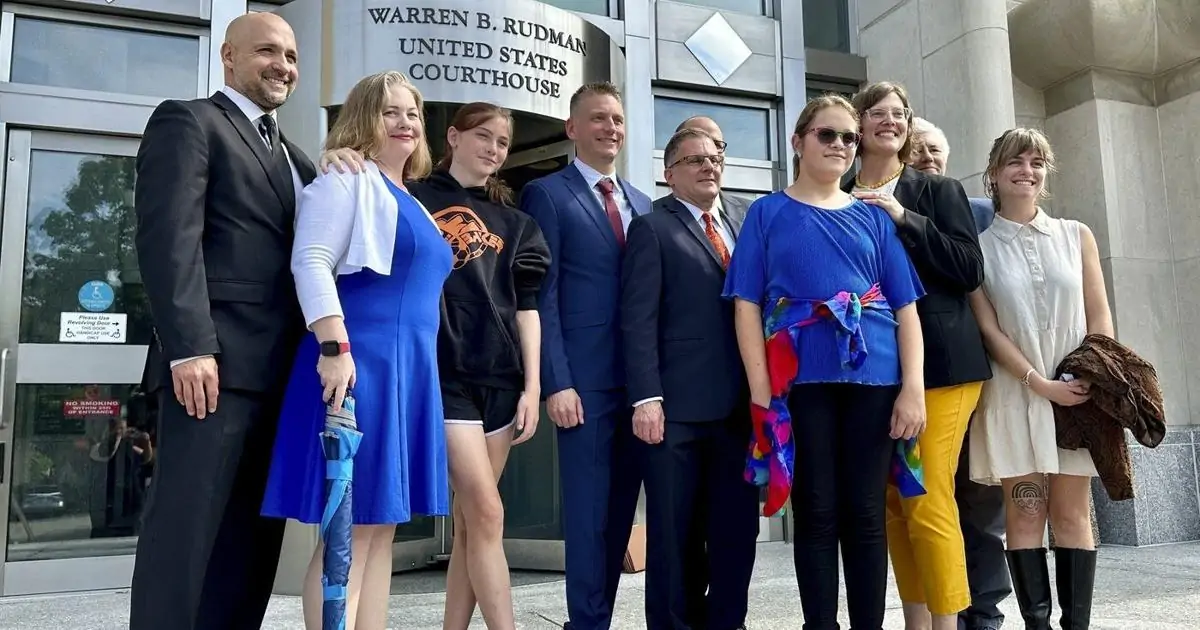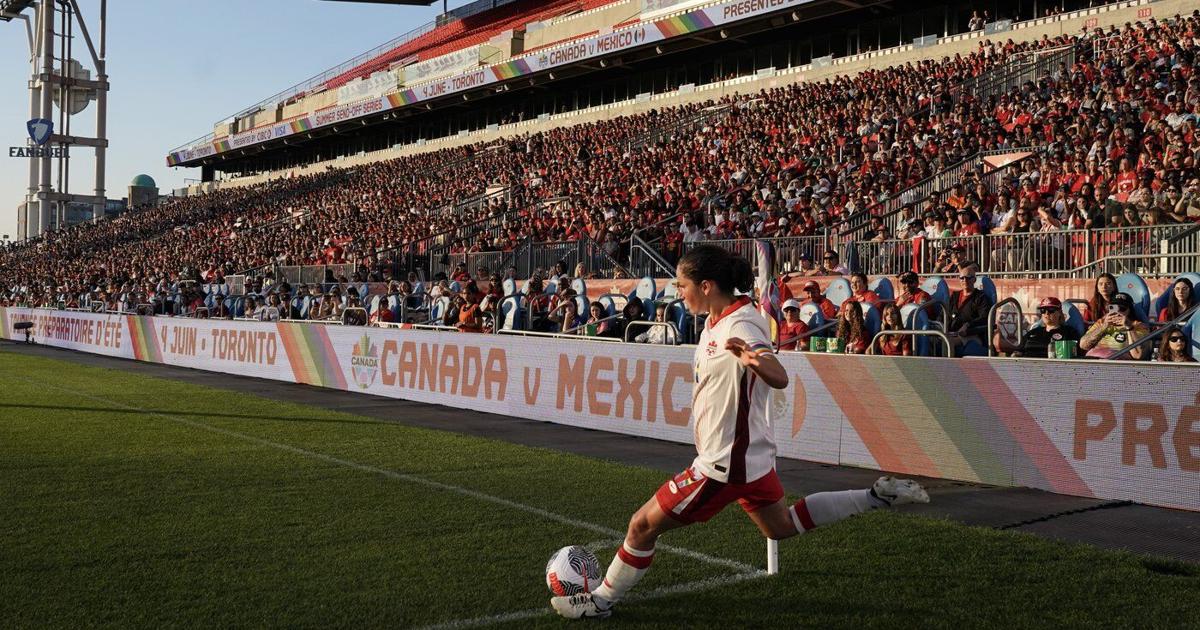OTTAWA – The Montreal Alouettes want to give themselves every advantage heading down the stretch and Saturday’s 24-12 victory over the Ottawa Redblacks was a big step forward.
With the win the Alouettes (11-2-1) remain unbeaten on the road (6-0-1) and clinched a home playoff game. They were also the first team to beat Ottawa (8-5-1) at TD Place snapping their unbeaten home streak (6-1-1).
“A win’s a win, but sometimes when you say it’s a big game all week, I mean, they feel a little differently,” said Alouettes head coach Jason Maas. “As the season progresses there’s things that these games mean for us and, obviously, this one meant a lot for where we are in the standings.”
Maas pointed out the importance of being seven points up on second-place Ottawa and wanting the opportunity to play in front of their home fans in the post-season.
“We love to be able to do that, so it’s an accomplished goal.”
Ottawa was looking to clinch a playoff berth for the first time since 2018 but are now facing a two-game losing streak for the first time this season. Things could get even more difficult.
Already playing without a number of key starters, the Redblacks also lost starting quarterback Dru Brown, who aggravated an ankle injury late in the second quarter. They also lost wide receiver Eli Stove (knee), OL Drake Centers (shoulder), DB’s Ty Cranston (stinger in arm), Brandin Dandridge (knee) and Alonzo Addae (knee).
Ottawa head coach Bob Dyce didn’t use injuries as an excuse admitting his team made too many mistakes and took too many penalties — 11 for 137 yards.
“They certainly took advantage of our mistakes and didn’t make big enough ones on their end to cost them the game,” said Dyce. “So, I’m not going to take any credit away from Montreal. They’re a very good team, very well coached team, but on the opposite side of that, there’s things that if we play clean football, that we talk about playing, I believe the result would have been different.”
Brown was 8-for-16 for 69 yards with two interceptions before Jeremiah Masoli finished the game going 17-for-26 in passing for 218 yards and one touchdown.
Ottawa’s Lewis Ward kicked field goals from 18 and 46 yards.
Montreal quarterback Cody Fajardo completed 16 of 27 pass attempts for 226 yards and scored a rushing touchdown.
“This felt like a playoff game,” said Fajardo. “Our defence played incredible, our special teams played awesome and our offence did enough to win the football game. We’ve just got to clean some things up and I think we’re well on our way.”
Fajardo added that it was at a similar time last year that the team started getting hot and rode it into the playoffs and it’s time for a repeat performance.
Alouettes kicker Jose Maltos scored field goals from 17, 13 and 30 yards. A 30-yarder by Maltos midway through the fourth quarter stretched Montreal’s lead to a dozen points.
Ottawa finally found the red zone when Masoli connected with Justin Hardy on a 25-yard touchdown pass, but fell short on the two-point conversion to start the second half. It was Hardy’s fourth TD of the season for a career high.
“It’s frustrating,” admitted Masoli. “We put in a hard week of work and then come out and not play to our standard. It’s definitely frustrating because you see the guys putting in the effort and the want every day. We didn’t really show up for four quarters today. You know, we kind of dug ourselves a hole early on.”
The Redblacks trailed 20-6 at halftime.
Brown’s two early interceptions set the tone, with Montreal’s Dionte Ruffin returning one for a 79-yard touchdown. Brown was picked off again on his next drive.
Ottawa finally got down field, but settled for an 18-yard field goal to trail 7-3 after the first quarter.
Montreal then scored a punt single and Fajardo followed it up with a one-yard dash to score, followed by 17-yard field goal by Maltos.
Ward kicked a 46-yard field goal for Ottawa and Maltos countered from 13 yards in the second quarter.
UP NEXT
Redblacks: Visit the Saskatchewan Roughriders (6-7-1) next Saturday.
Alouettes: Visit the Toronto Argonauts (7-7) next Saturday.
This report by The Canadian Press was first published Sept. 21, 2024.

























